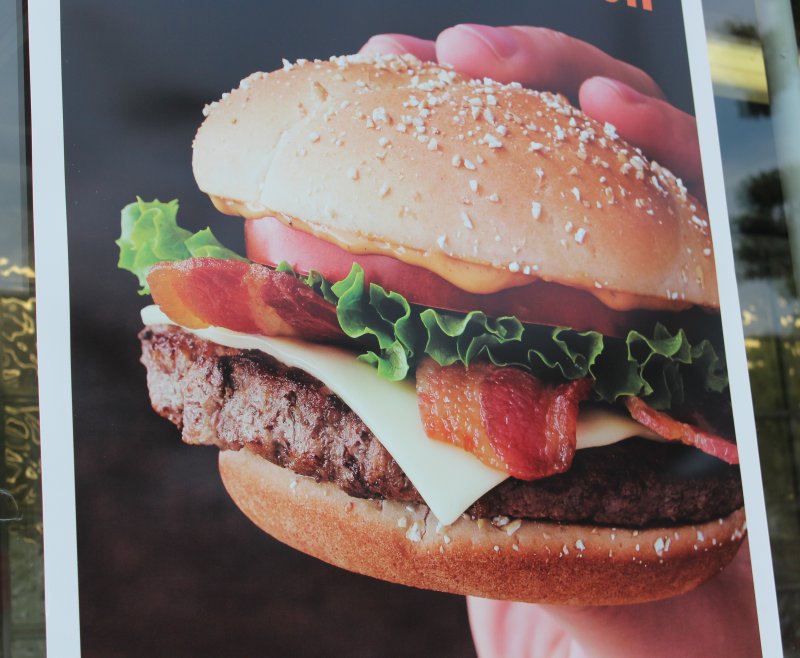By Daphne ROUSSEAU
10/30/21
Afghanistan's new Taliban authorities swear they plan to crack down on the illicit drugs trade that largely fuelled their successful revolt.
But so far nothing has changed for cannabis farmers like Ghulam Ali, whose crop stands head-height across three hectares (eight acres) of land outside Kandahar.
 A boy works in a cannabis field on the outskirts of Kandahar Photo: AFP / BULENT KILIC
A boy works in a cannabis field on the outskirts of Kandahar Photo: AFP / BULENT KILICThe plantation lies on the main road through the Panjwai district, northeast of the city, its dark green plants as recognisable as the acrid smell.
"We benefit from it more than from any other crop or fruit," Ali told AFP.
"I had the option to grow other things, but poppy needs more investment, more chemicals to protect the plant from disease."

Under the previous US-backed government, overthrown by the Taliban in August, the hashish farmer paid local officials a levy of 3,000 Pakistani rupees ($17) a kilo.
"It was nothing official, just a tax we had to pay. If not they could destroy our plantation," Ali said.

Ali's family converted maize fields to cannabis in 2000, just before the end of the previous Taliban regime, and have had no cause to regret it.
Some 20 relatives live in his mud-brick farmstead. They're not wealthy, but the children go to school and life is comfortable by rural Afghan standards.
At busy times, they hire outside workers to help bring in the harvest.

Next month, the plants will be sifted, pressed and heated to extract an oil, which is then transformed into black-green hashish paste for sale and export.
The bricks sell to traffickers for between 10,000 and 12,000 rupees per kilo ($60).
Ali knows the smugglers will sell it on for double the price in Iran, Pakistan or India, but he hopes to make a profit of 3,000 rupees per kilo.
All this despite the Taliban, once a shadow army in the region and now the local administration, formally opposing the drugs trade.
Yussef Wafa, a mullah and governor of Kandahar under the Taliban emirate, told AFP that his men had arrested 1,000 "addicts" in the past month.
"We are trying to defeat poppy and hashish and we are trying to keep the people from the sellers, the smugglers," he said in an interview.
"And we will not let the farmers grow it."
Whatever the plan, however, Ali is optimistic.
The Taliban victory has at least put an end to a form of double taxation, where the insurgents and the former government both took a cut of his profit.
"They are just here across the road," he told AFP at the farm, referring to the Taliban. "But they don't want anything from us."


 As for pandemic preparedness in the medium and long term, we need to turn our attention to identifying which other viruses pose a threat and work to develop vaccines and other defensive measures against those.
As for pandemic preparedness in the medium and long term, we need to turn our attention to identifying which other viruses pose a threat and work to develop vaccines and other defensive measures against those.

